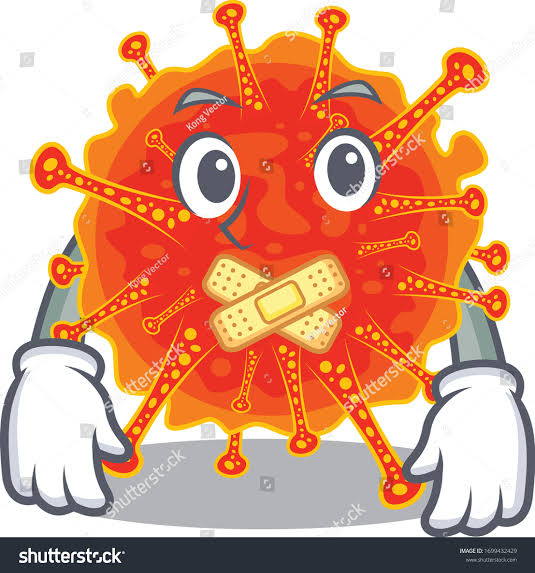Riboviria.
Introduction to Riboviria
Riboviria is a realm of viruses that includes all viruses that use a homologous RNA-dependent polymerase for replication. This group encompasses RNA viruses that encode an RNA-dependent RNA polymerase (RdRp) and reverse-transcribing viruses with either RNA or DNA genomes that encode an RNA-dependent DNA polymerase (RdDp). The RdRp, or RNA replicase, produces RNA from RNA, while the RdDp, or reverse transcriptase (RT), synthesizes DNA from RNA. These enzymes are essential for the replication of the viral genome and the transcription of viral genes into messenger RNA (mRNA), which is then translated into viral proteins.
Kingdoms of Riboviria
Riboviria was initially established in 2018 to include RdRp-encoding RNA viruses, and it was expanded in 2019 to incorporate RdDp-encoding retroviruses. The realm is divided into two kingdoms: Orthornavirae, which includes RdRp-encoding RNA viruses, and Pararnavirae, which contains reverse-transcribing viruses such as retroviruses. While Riboviria has few prokaryotic viruses, it includes the majority of eukaryotic viruses, affecting humans, animals, and plants. However, recent metagenomic studies are continuously changing our understanding of this viral realm and its diversity.
Impact of Riboviria on Human Health
Riboviria was initially established in 2018 to include RdRp-encoding RNA viruses, and it was expanded in 2019 to incorporate RdDp-encoding retroviruses. The realm is divided into two kingdoms: Orthornavirae, which includes RdRp-encoding RNA viruses, and Pararnavirae, which contains reverse-transcribing viruses such as retroviruses. While Riboviria has few prokaryotic viruses, it includes the majority of eukaryotic viruses, affecting humans, animals, and plants. However, recent metagenomic studies are continuously changing our understanding of this viral realm and its diversity.
